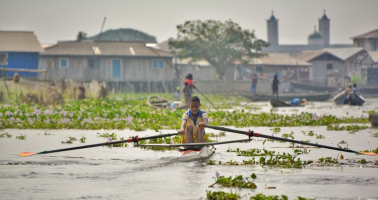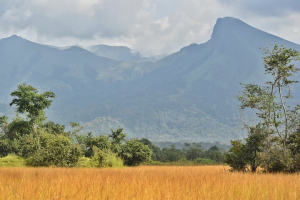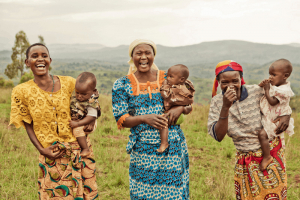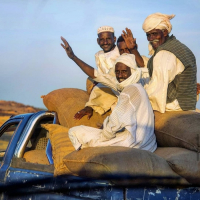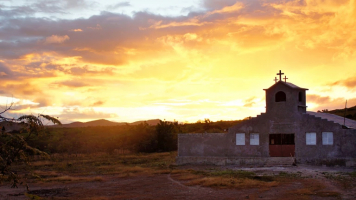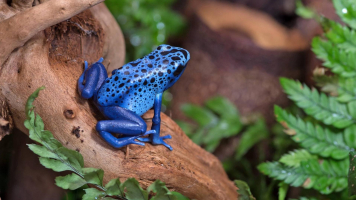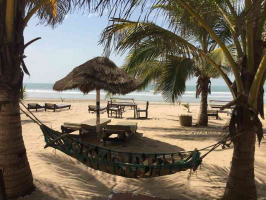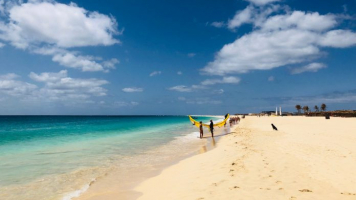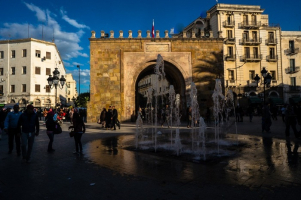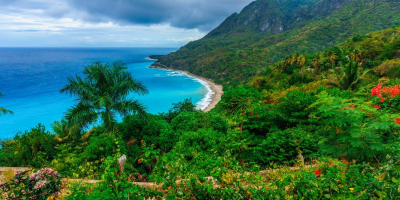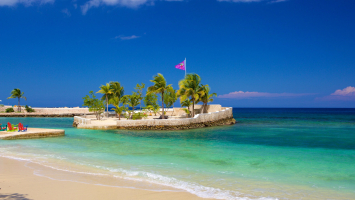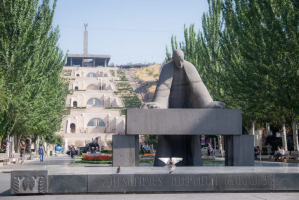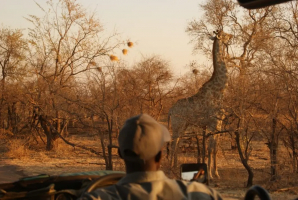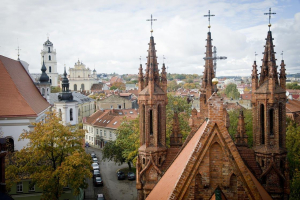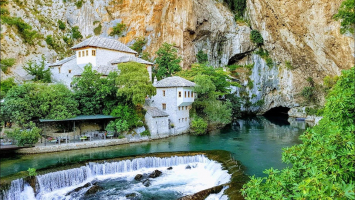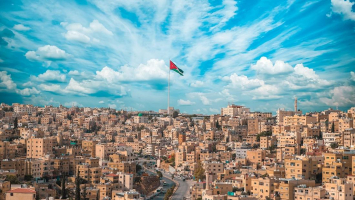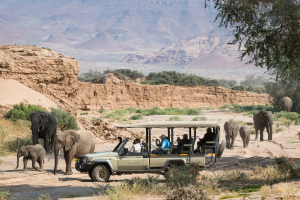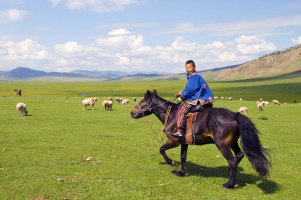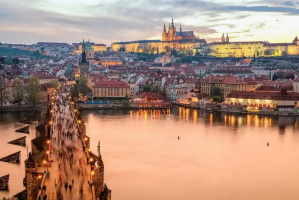Top 10 Best Travel Destinations in Bolivia
Bolivia offers a true adventure for those longing to get off the beaten track, although the country may lack some of the comforts of living. Let's see the ... read more...article about the top hottest destinations of this place.
-
The Salar de Uyuni is difficult to beat for an out-of-this-world tourism destination. The 4,000-square-mile salt flats were produced by an ancient lake and are one of the world's flattest areas.
Visitors go over the salt flats in 4x4 vehicles to see locally constructed buildings made entirely of salt bricks. After a storm, the salt flats become even more stunning, as the water resting on the cemented salt works as a mirror, perfectly mirroring the sky above.
To make the most of this once-in-a-lifetime opportunity, let's choose the three-day jeep trip that covers the magnificent southwest circuit to go to the Salar de Uyuni.
• Location: Uyuni, Bolivia
• Timing: Open all day
• Famous for: it is the world's biggest salt flat, formed by the evaporation of ancient lakes
• Entry Fee: Free
• Best Time To Visit: Visit between September and November for the greatest weather. Between December and April is the best time to see the wet salt flats.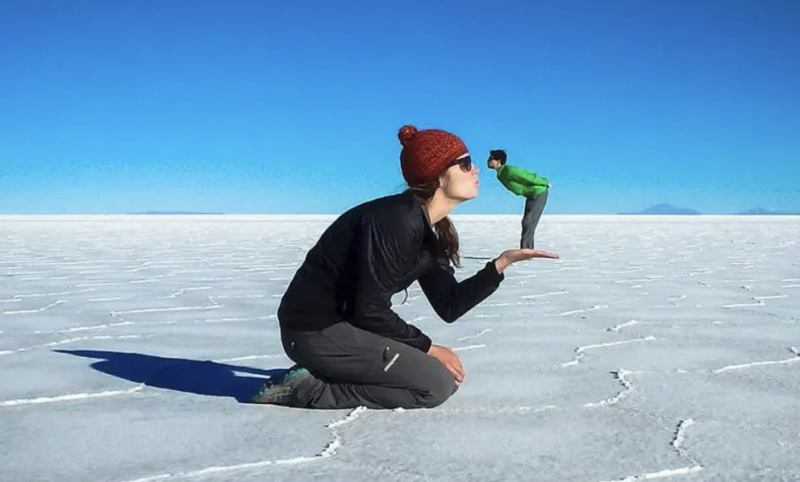
https://www.actualidadviajes.com/ 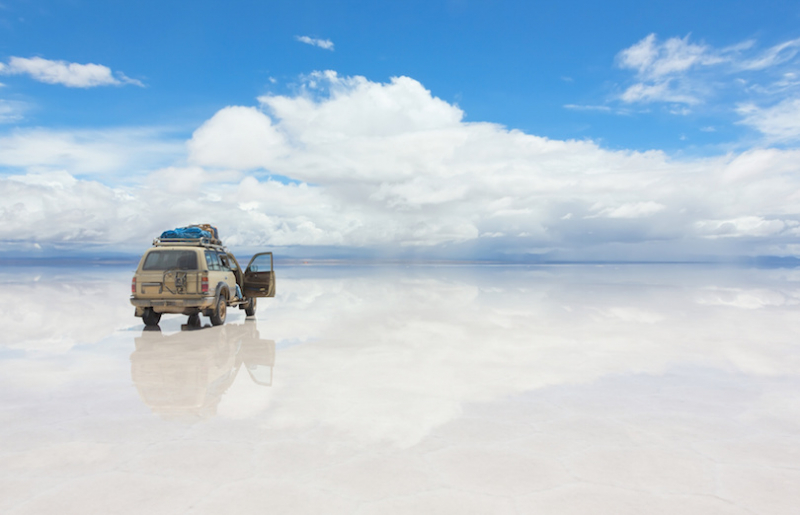
https://www.touropia.com/tourist-attractions-in-bolivia/ -
Tiwanaku, located on the south-eastern side of Lake Titicaca in Bolivia, is one of the most significant Inca forerunners. Between the 7th and 9th centuries, the town expanded to urban proportions, becoming a significant regional power in the southern Andes.
Between 15,000 and 30,000 people lived in the city at its height. Tiwanaku is the greatest megalithic architectural feat in pre-Inca South America, despite the fact that just a small portion has been unearthed. It is now one of Bolivia's most popular tourist destinations.
The Akapana pyramid is one of the most fascinating buildings. Many of the stones, however, were looted, making it far less magnificent than it once was.
• Location: Tiwanaku, Bolivia
• Timing: Open all day
• Famous for: Tiwanaku's greatest structures, and it was most likely the city's most holy region
• Entry Fee: US$ 10
• Best Time To Visit: Tiwanaku is open all year, although the most popular days are the Tiwanaku town anniversary (September 14th) and the Vernal Equinox (March 21st) (September 21st).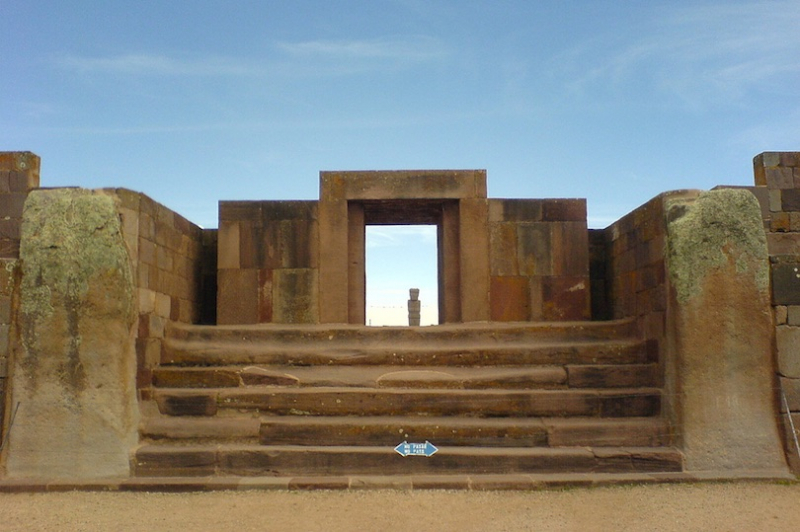
https://www.touropia.com/tourist-attractions-in-bolivia/ 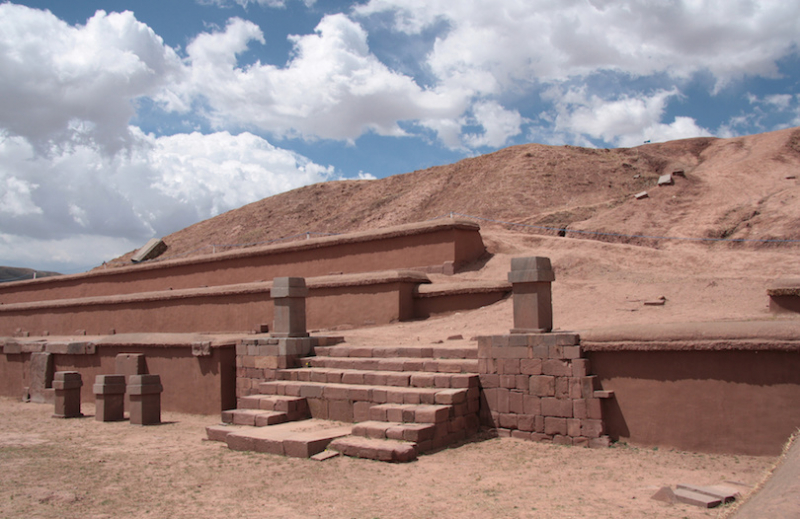
https://www.actualidadviajes.com/ -
Lake Titicaca is the biggest lake in South America, between Bolivia and Peru. The Incans, along with a number of other indigenous peoples, are supposed to have originated in this area. Tiwanaku, ruins of an ancient city state that experts think was a forerunner to the Inca Empire, is located on the lake's south-eastern side.
Lake Titicaca is a well-known tourist site. The original Copacabana is a popular tourist and local destination. In recent years, spirituality has grown in popularity, and few sites in Bolivia are more ethereal than the breathtaking Lake Titicaca. Make a pilgrimage to the mysterious island of Isla del Sol, where the Inca thought the sun was born.
• Location: Bolivia
• Timing: N/A
• Famous for: The region is known for its islands, crystal-clear seas, festivals, and ancient sites, among other things
• Entry Fee: US$ 12-15
• Best Time To Visit: The dry season for Lake Titicaca, and Peru in general, spans from April to October. Blue sky and a lesser risk of rain may be expected at this time of year.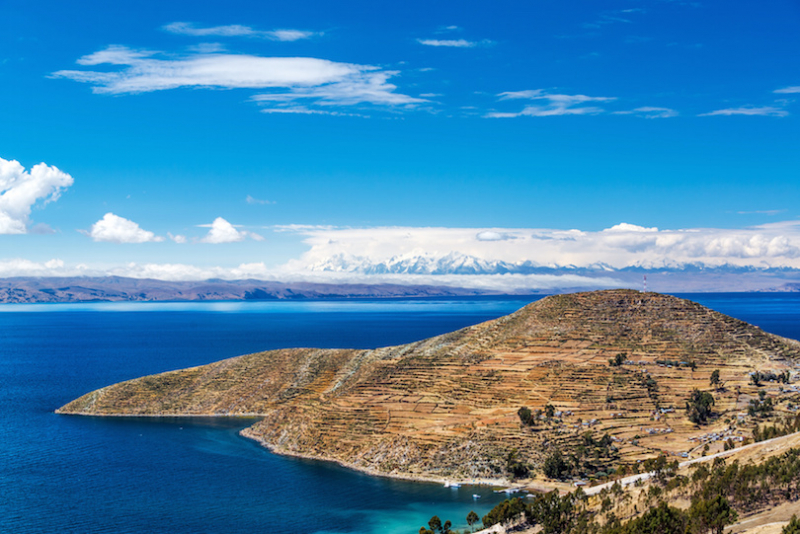
https://www.touropia.com/tourist-attractions-in-bolivia/ 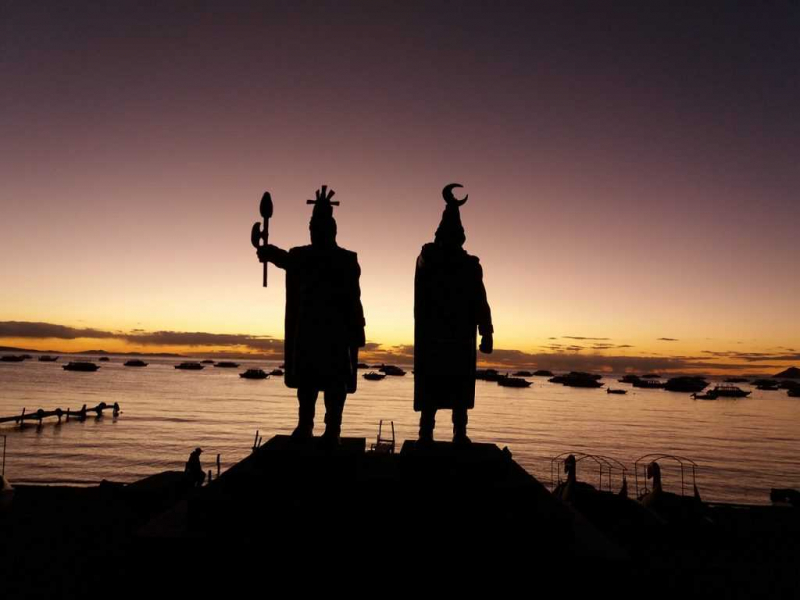
https://travel-lion.com/lake-titicaca-guide/ -
Oruro holds the Oruro Carnival, one of the most prominent folkloric and cultural celebrations in all of South America, every year right before Ash Wednesday. Over 28,000 dancers perform a wide range of ethnic dances at the event. The dancers are accompanied by 10,000 musicians.
Unlike carnival in Rio, which has a different theme every year, Oruro Carnival always starts with the diablada, or devil dance. It is said to have preserved the majority of pre-Columbian America's creative expression.
• Location: Oruro, Bolivia
• Timing: Open all day
• Famous for: Spectacular folk dances, lavish costumes, exquisite crafts, loud music, and up to 20 hours of nonstop partying are all part of this one-of-a-kind celebration
• Entry Fee: Free (Excluding costs for games and food)
• Best Time To Visit: Go to Oruro in February if you want history and the finest of culture! The upcoming Carnaval, which dates back over 2000 years, will be held in the second week of February.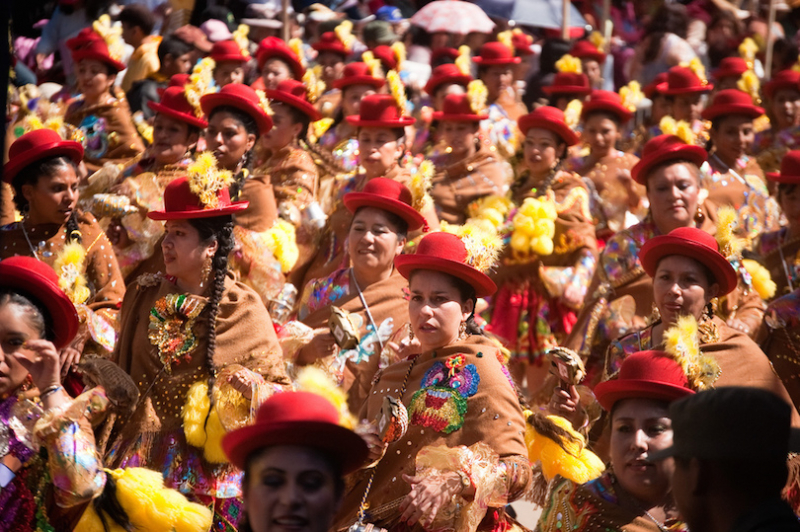
https://www.touropia.com/tourist-attractions-in-bolivia/ 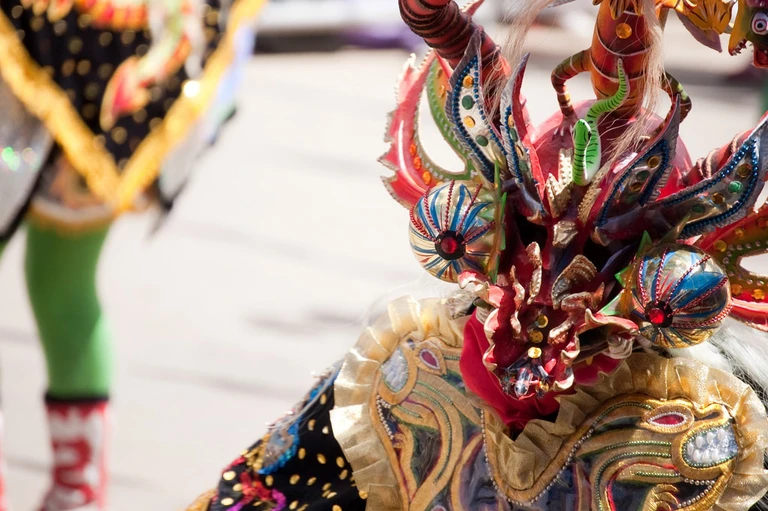
https://theculturetrip.com/ -
Sucre is also known as Charcas, La Plata, and Chuquisaca, and is known as the "City of Four Names." Sucre, founded by Spanish colonists in the 1500s, gives tourists a detailed picture of life in aristocratic Spain in the 16th century. The Casa de la Libertad, where Simón Bolvar drafted the Bolivian Constitution, and Bolivia's National Library, which houses papers dating back to the 15th century, are both worth seeing in Sucre.
Sucre is a popular with the international contingent because to its stunning colonial architecture, welcoming small-town ambiance, lovely parks and plazas, and ideal year-round temperature. Stay to learn Spanish or try your hand at being a digital nomad.
• Location: Sucre, Oropeza, Chuquisaca, Bolivia
• Timing: 6 P.M - 2 A.M
• Famous for: Many of the structures in the town's center, which has been well conserved, originate from the 16th century
• Entry Fee: US$ 6
• Best Time To Visit: March, April, May, August, September, and October are the ideal months to visit Sucre because of the pleasant weather.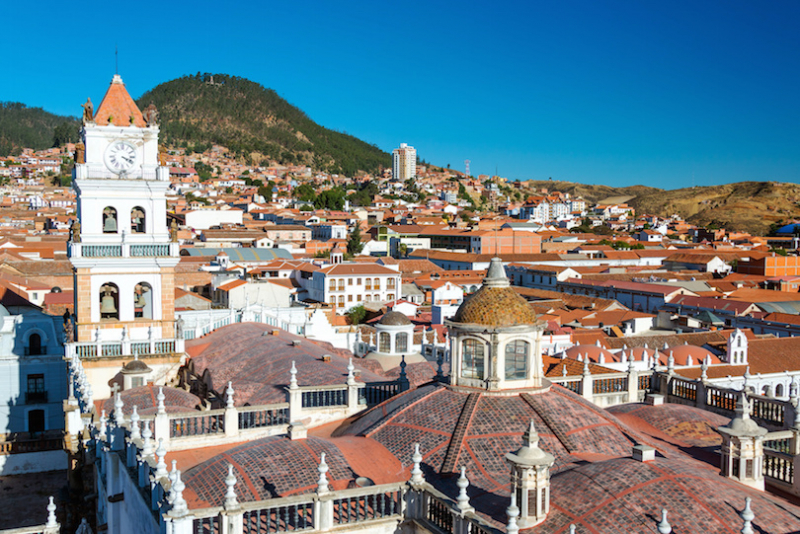
https://www.touropia.com/tourist-attractions-in-bolivia/ 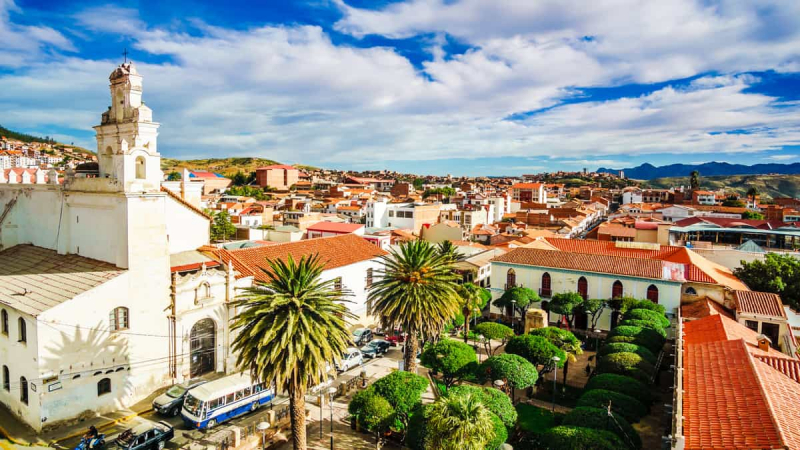
https://www.besttimetovisit.com.pk/ -
The "rich mountain," or "Cerro Rico," that stands over Potos was once home to the silver that enticed Spanish Conquistadors to the world's highest metropolis. Cerro Rico is an excellent tourist location for individuals interested in learning more about the impact of colonization on Bolivia's indigenous people. Cerro Rico still produces tin, despite the absence of silver. The mines, as well as the Casa Nacional de Moneda, a museum that originally housed the royal mint, are open to visitors.
Potosi, and its iconic Cerro Rico silver mine, were once among the world's most populated cities. They play an important role in South America's history. Furthermore, firsthand knowledge of the horrible working conditions of the 'Mountain that Eats Men' makes for an interesting travel narrative.
• Location: Potosi, Bolivia
• Timing: Open all day
• Famous for: Cerro Rico, which is commonly thought to be "made of" silver ore, is famous for supplying the Spanish Empire with large quantities of silver, the most of which was exported to metropolitan Spain
• Entry Fee: US$ 15
• Best Time To Visit: Year-round.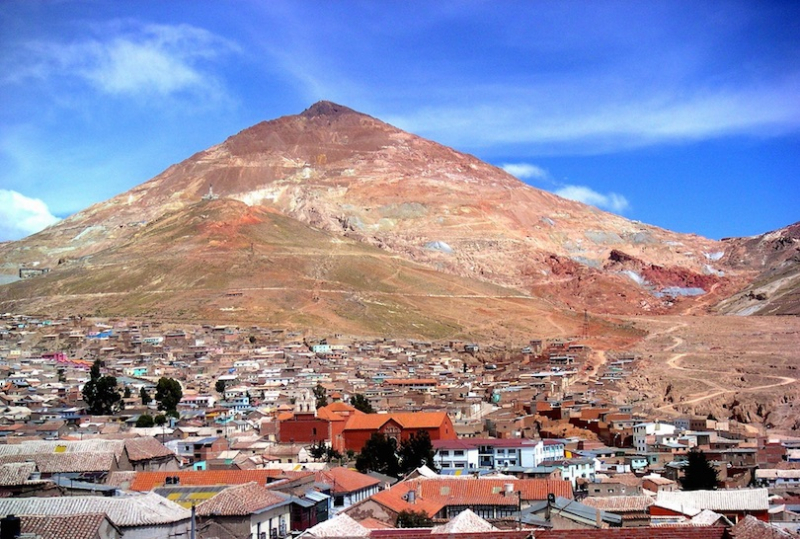
https://www.touropia.com/tourist-attractions-in-bolivia/ 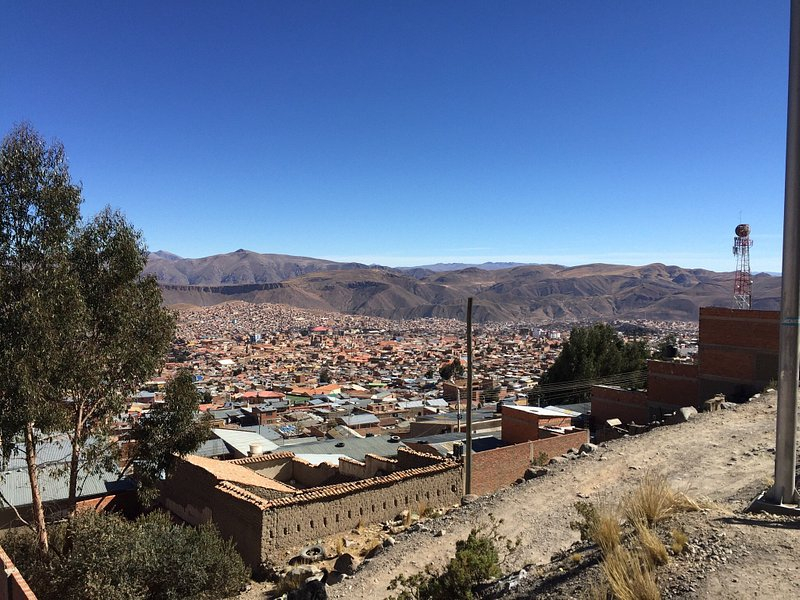
https://en.tripadvisor.com.hk/ -
The Reserva Eduardo Avaroa was established to safeguard the endangered vicuna and the llareta plant in Bolivia's severe Southwest Circuit area. The reserve also has some of the world's most bizarre scenery.
Although the bright white salt flats and rainbow-colored mineral lakes of Los Lipez are much too harsh for human habitation, they serve as a haven for a variety of unique and endangered South American animals, including numerous big flamingo populations. A vacation in Reserva Eduardo Avaroa seems eerily similar to a journey to a weird and wonderful new world.
• Location: Sur Lípez Province, Bolivia
• Timing: N/A
• Famous for: The reserve is named for Colonel Eduardo Avaroa, a Bolivian hero of the Pacific War, and is notable for its bizarre rock formations, thermal springs, geysers, and semi-active volcanoes.
• Entry Fee: US$ 21
• Best Time To Visit: The climate is dry and freezing throughout the year. Temperatures average 3 °C (37 °F) in the winter (May to August) and summer (December to April).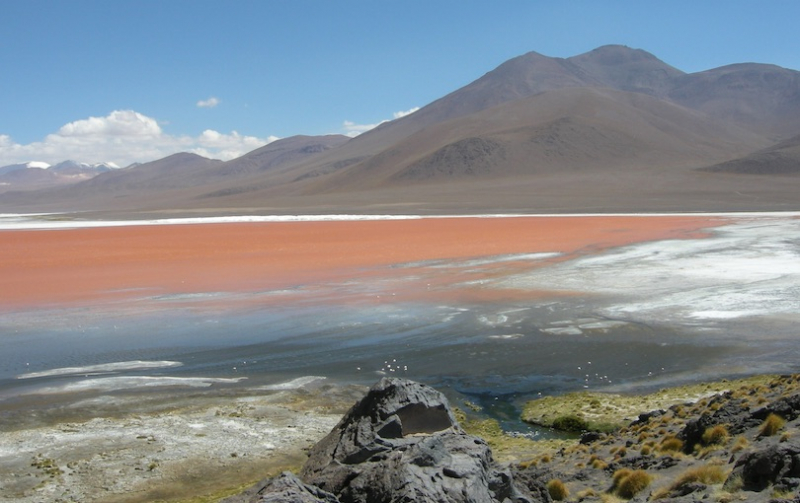
https://www.touropia.com/tourist-attractions-in-bolivia/ 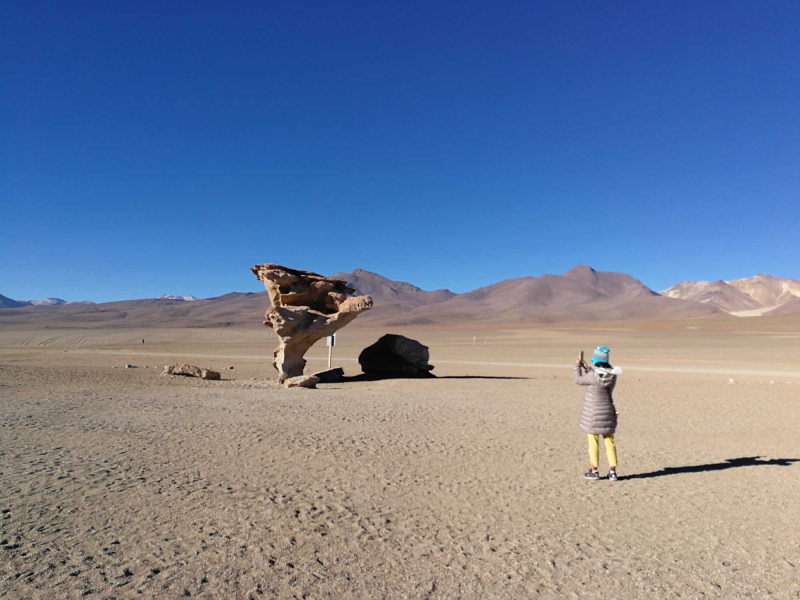
https://boliviatravelsite.com/ -
The "World's Most Dangerous Road" has been dubbed "The World's Most Dangerous Road." The Yungas Road connects La Paz with Bolivia's Amazon rainforest area in the north. The route climbs to 15,000 feet from La Paz before descending to Coroico at roughly 4,000 feet. The route has proven unsafe for motorists, but Yungas Road has become a popular destination for mountain bikers, who enthuse about the 40-mile-long stretch of downhill riding.
Past La Paz, the first stretch is 5 km long, before plunging down a steep road, each bend on the route has a unique climate pattern from humid mountainous air to high mountains. Windy roads, steep cliffs as well as rolling hillsides.
• Location: Nor Yungas, Bolivia
• Timing: N/A
• Famous for: Many tour companies specialize on downhill mountain biking, offering information, guides, transportation, and gear
• Entry Fee: N/A
• Best Time To Visit: Winter, from June to August, is the most favorable period to ride since, while it is quite cold in the highlands, it is also dry and much safer.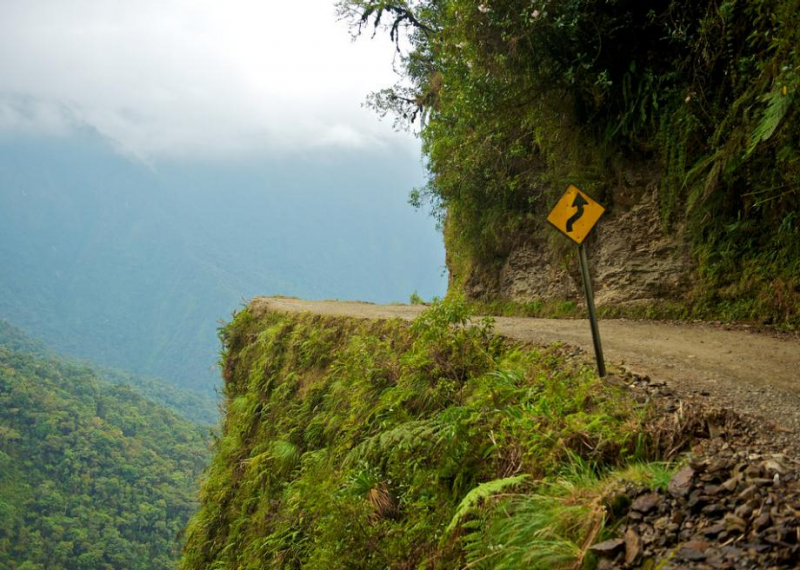
http://www.slate.com/ 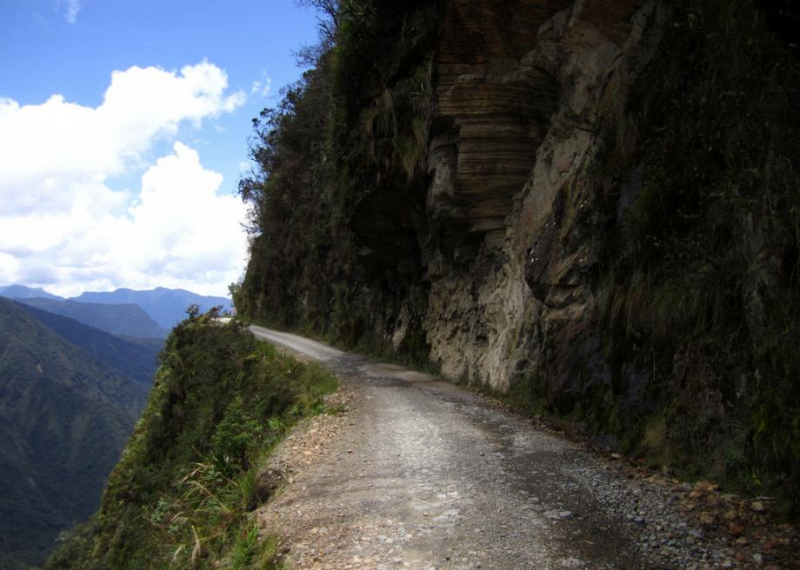
http://www.slate.com/ -
Six mission towns were built in the 17th and 18th century by a small group of Jesuit Missions of Chiquitos. While Jesuit Missions in Paraguay and Argentina have subsequently fallen into ruin, their Bolivian equivalents remain a dynamic cultural force, set against a frontier-town scenery right out of Robert de Niro's 1986 film "The Mission."
These towns can be visited as part of a longer trip, or accomodation is offered in each. Jesuit Missions of Chiquitos is the largest and most well-known of these mission towns, although they all offer a stunning example of historic Spanish frontier architecture.
• Location: Santa Cruz department in eastern Bolivia
• Timing: 9am-noon & 3-6pm Tue-Sun
• Famous for: churches (templos) built in a distinctive and distinct style combining local and European architectural features
• Entry Fee: US$ 30
• Best Time To Visit: From May through October, when the weather is dryer, is the best time to visit. From November to March, severe downpours are possible.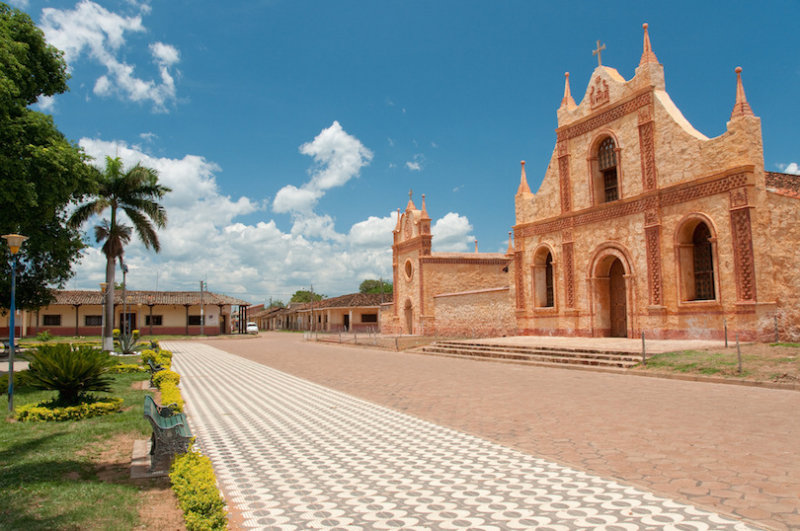
https://www.touropia.com/tourist-attractions-in-bolivia/ 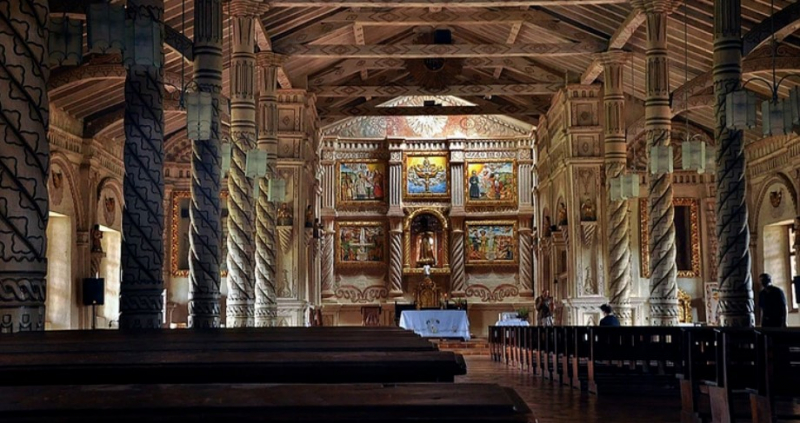
https://theculturetrip.com/ -
From the Andes to the Amazon, Madidi National Park extends. Madidi is one of the world's most ecologically varied parks, covering over 7,000 square kilometers. A secretive jaguar, a big otter, or the titi monkey, a kind of primate found nowhere else on the planet, may be seen by visitors to Madidi.
Madidi National Park is home to more than a quarter of the world's 9,000 bird species. Fans of Daniel Radcliffe's latest film, Jungle, would be crazy to pass up the opportunity to see Madidi. Stay in the community-run Amazon lodge of the real-life protagonist and go on your own Bolivian jungle adventure, minus the hunger and gangrene, of course.
• Location: RM68+8C8, Ucumari, Bolivia
• Timing: 8 A.M - 8 P.M, Mon-Fri
• Famous for: There are about 1,254 bird species, accounting for 14% of the world's 9,000 bird species
• Entry Fee: US$ 18
• Best Time To Visit: The greatest time to visit is during the dry season, because this is when the river attracts the most species.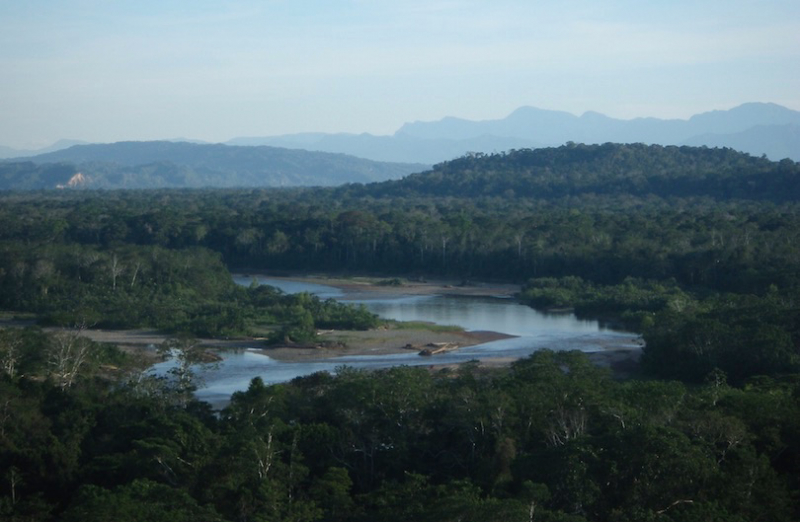
https://www.touropia.com/tourist-attractions-in-bolivia/ 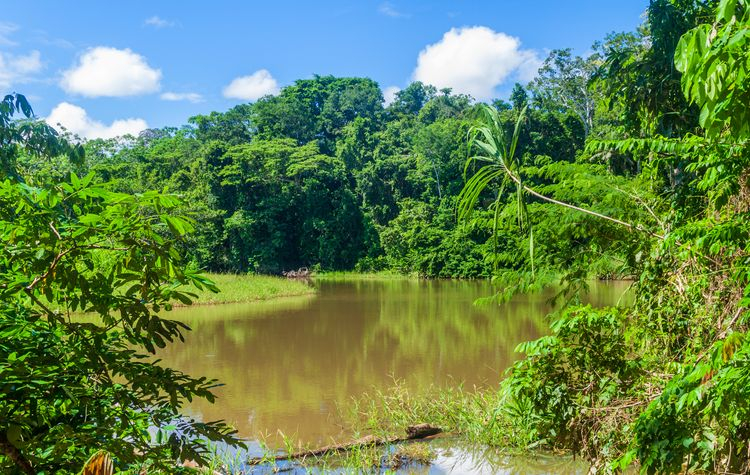
https://www.kuodatravel.com/












